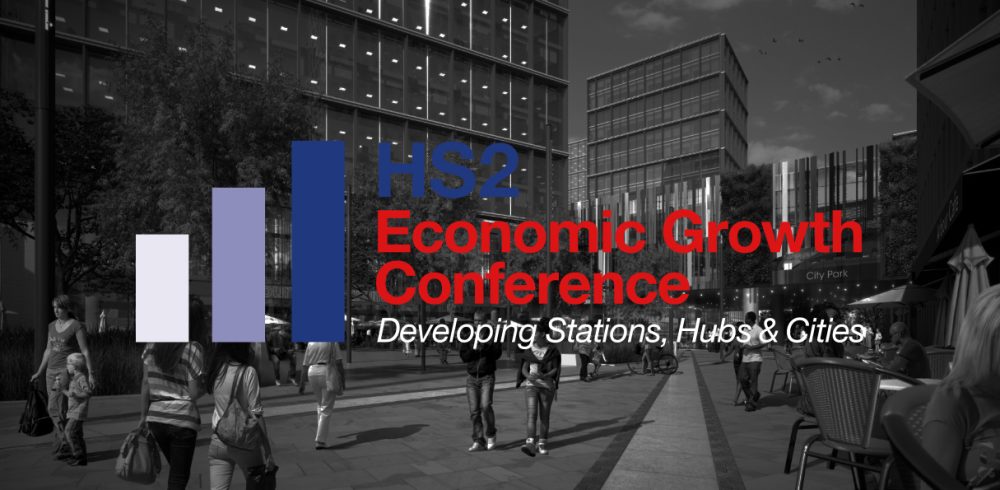Prominent business and public-sector leaders will come together in Birmingham on the 7th of November at the HS2 Economic Growth Conference, the largest business conference that focuses on driving and unlocking the huge economic growth opportunities that HS2 will bring to the UK.
Hosted by Built Environment Networking, the conference will see some of the biggest names in business, politics and local government lead regional hub discussions on the challenges which need tackling and the phenomenal opportunities to create homes, jobs and economic growth through each HS2 hub. It is an incredible opportunity for all sectors of the built environment and construction industry to collaborate and communicate to align on the key issues and opportunities for economic development and growth in each region.
‘’HS2 is much more than just a railway – it has the power to rebalance our economy and drive social mobility – bringing opportunities closer to people, and leaving a lasting legacy of jobs and skills here in the UK. As an integral part of the Midlands Engine and Northern Powerhouse agendas, HS2 will help bridge geographic divides and deliver a more balanced economy with benefits felt around the UK,” commented Mark Thurston, Chief Executive Officer at HS2 Ltd.
During the one-day conference 1,000 delegates will hear from more than 70 speakers and have access to 40 exhibitors, including representation from every station, hub and regional authority.
Through the arrival of HS2 and the Elizabeth Line, Old Oak and Park Royal in zones 2-3 of West London are set to be transformed, creating 25,000 new homes, 65,000 new jobs, and contributing £7 billion a year to the UK economy. “Old Oak and Park Royal is an area that is just crying out for regeneration but without HS2 it would have taken an awfully long time,” said Liz Peace CBE, Chairman of the Old Oak and Park Royal Development Corporation (OPDC).
‘’HS2 is much more about the development of tracks, stations and connectivity. It brings a once in a lifetime opportunity to drive development and regeneration within our cities and wider regions to support the creation of homes and jobs, whilst allowing our cities to compete globally,” concluded Keith Griffiths, Managing Director of Built Environment Networking.
Manufacturing & Engineering Magazine | The Home of Manufacturing Industry News









